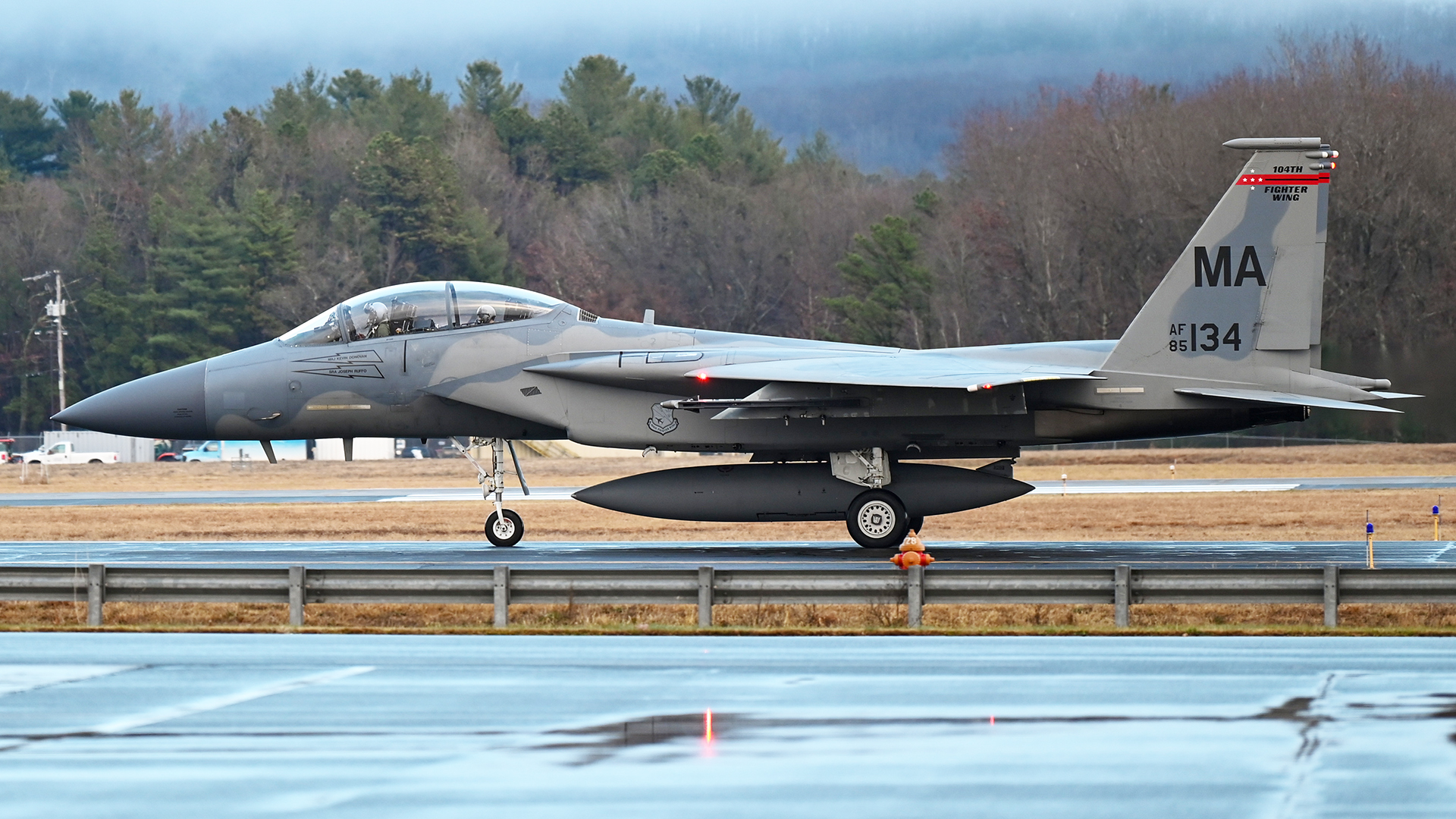Pakistan Air Force Confirms Use of Chinese PL-15 Missile Amid Rising Tensions with India

On Friday, the Pakistan Air Force officially acknowledged that it deployed a Chinese-made PL-15 missile during an incident on Wednesday. This admission comes in the wake of India’s successful strike on nine terrorist camps located within Pakistan and the Pakistan-occupied Kashmir (PoK) region.
This event marks a significant milestone, as it is the first time the PL-15 missile has been confirmed to be operationally used by any nation, highlighting its emergence as a critical asset in modern warfare. Prior to this admission, the missile had never been tested in an actual combat scenario, which adds to the intrigue surrounding its capabilities.
The PL-15 missile is an advanced radar-guided air-to-air weapon known for its impressive range, which exceeds 200 kilometers. Its long-range capabilities make it a formidable threat to enemy aircraft, allowing for engagements that occur well beyond visual range. This capability is particularly significant in the context of evolving aerial combat strategies.
Additionally, the Pakistan Air Force's acknowledgment lends credence to earlier speculations regarding missile debris discovered in India’s Punjab region—specifically in Hoshiarpur and Bathinda—following an attempted attack on Thursday. Indian air defense systems were reportedly successful in intercepting the missile mid-flight, which suggests a robust defensive posture in response to the escalating tensions.
The PL-15 is often compared to India’s domestically developed Astra missile, and it was recently supplied to Pakistan by China, a long-time ally and the largest purveyor of military equipment to Islamabad. This collaboration underscores the strengthening ties between Pakistan and China, particularly as military tensions in the region continue to heighten.
Defence Analyst Sandeep Unnithan, during an interview with India Today TV, emphasized the significance of the PL-15 missile's operational debut. "That's a PL-15, a very long-range Chinese missile. It's rarely been seen in public. It has possibly been fired for the first time, and I can confirm that our scientists are looking at it very closely, they're examining its characteristics," he stated. Unnithan described the missile's entry into the operational arena as akin to it emerging from behind a "bamboo curtain," suggesting that its capabilities were previously shrouded in secrecy.
He further noted that Indian scientists are actively analyzing the missile to understand its specifications and how it compares to the Astra missile, which could lead to developments in India's aerial defense measures. "Chinese secrets are out in the open, and I can very well see the PL-15 being at the top of the agenda in the next round of India-US defense talks," Unnithan continued. He argued that the United States would be particularly interested in examining these missiles, given the potential scenarios that could arise if conflict breaks out in the region.
Experts globally have been intrigued by the performance characteristics of the PL-15 missile for years. A defense industry executive who spoke with Reuters highlighted the urgency of the situation, stating, "The PL-15 is a big problem. It is something that the US military pays a lot of attention to." In response to the advancements presented by the PL-15, the United States is reportedly working on the development of the AIM-260 Joint Advanced Tactical Missile, which aims to counter the missile’s beyond-visual-range capabilities.
This development not only reflects the ongoing arms race in the region but also signals an evolving landscape of international military relations and defense strategies, as countries adapt to emerging technologies and threats.



























